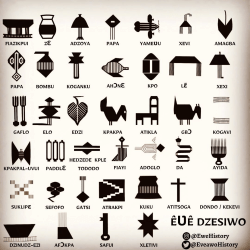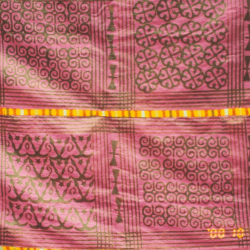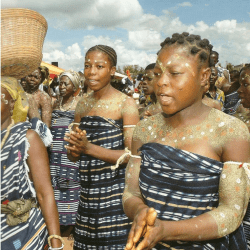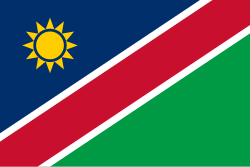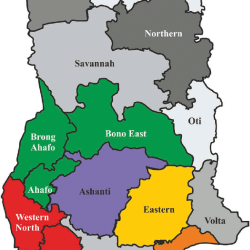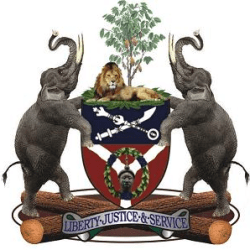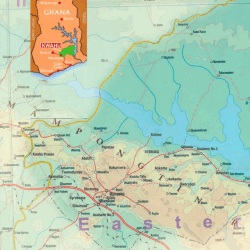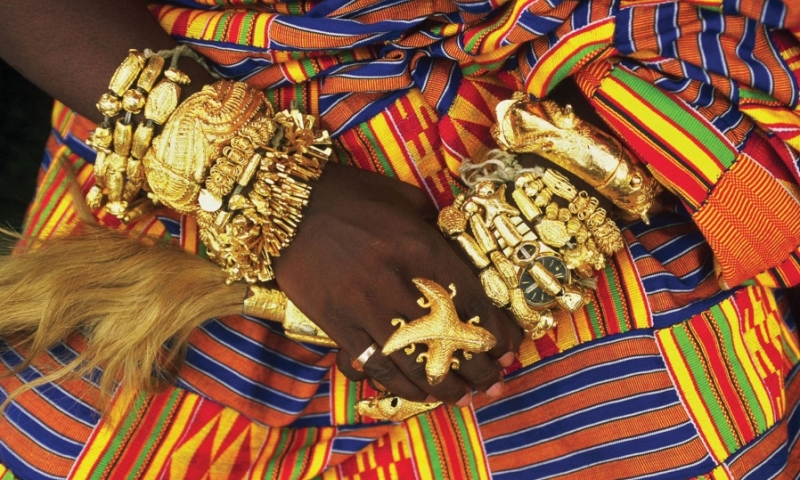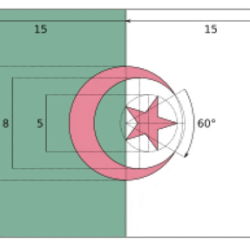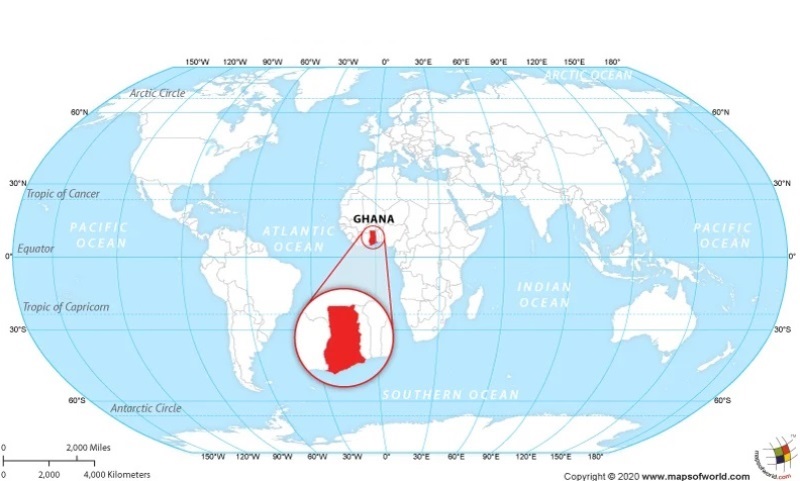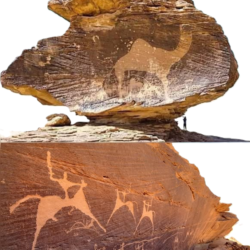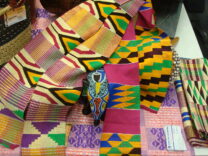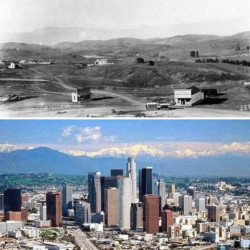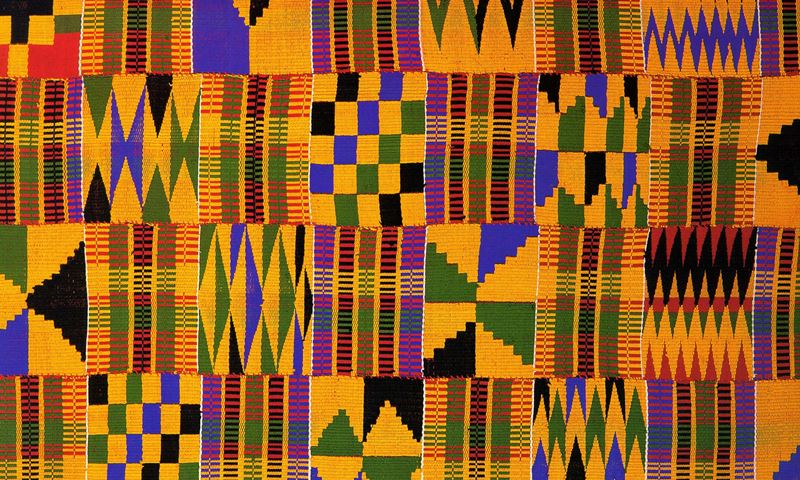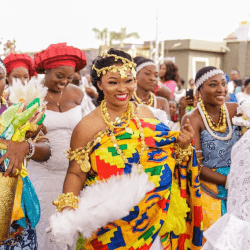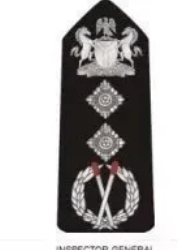Symbols are multi-functional in nature they are appreciated for both their aesthetic and communicative values.
Community: People of the Akan, Ga and Ewe communities
Region: Ashanti Region, Greater Accra Region and Volta Region
Ewe Symbols (Eve Dzesi)



Akan Symbols



Ga Samai( Ga Symbols)



They are mostly non-verbal illustrations of proverbs, parables and maxims which portray the philosophical thinking and the way of life of a particular group of people. The principal objective was to use proverbs to design proverbial symbols to produce royal clothing’s via the hand screen method. Proverbs and symbols are fascinating and reflect the imaginations, knowledge, wisdom, ethics and morals of the people. Their explorative nature covers the field of religion, philosophy, sociology, medicine, economics, science history and geography.
Also, the symbols are used in other forms of artistic expressions in wood or metal. The symbols used for these various cloth designs and artistic crafting were deduced from various angles of life. These include themes of proverbs that eminent historical events, expressions of particular human attitudes, noted animal behaviours, plants and abstract shapes of inanimate and synthetic entities. There are many of these symbols held by various elders within the community, some so sacred that not everyone is allowed to view them and others are used as national lessons.
AKAN SYMBOLS
The Akan word “Adinkra”in Twi the language of the Akan ethnic group of which Asante is a part simply means saying ‘goodbye’ or ‘farewell’ to one another when parting. However, in human society, saying goodbye brings mixed feelings; in most instances optimism of meeting again, however in others, despair of the indefinite time of reunion, as in the case of death. The dread of death was therefore expressed philosophically and poetically through abstract symbols and messages.
These are represented with various abstract motives cut from pieces of calabash and stamped or printed onto various colors of mourning cloths worn at various stages of the funeral ceremonies of the departed. Apart from the Adinkra symbols of the Asantes which have been documented and used widely, there are abound among other ethnic groups in Ghana, with symbols of significance.
The Adinkra symbols express various themes that relate to the history, beliefs and philosophy of the Akan society. They have rich proverbial meanings and the use of proverbs in one’s speech is considered as a mark of wisdom.These symbols also depict historical events, human behaviour and attitudes, animal behaviour, plant life forms and shapes of object.These symbols are used for many decorations and printings on cloths.
Adinkra symbols, to ensure it’s viability due to its rich communicative meanings are used for industrious printing of cloths, decorations of individual buildings and surrounds, designs and logos for companies, educative activities in schools and many others.
GA SAMAI (GA SYMBOLS)
Symbols are mostly appreciated on their aesthetic and communicative values only. In Ga communities, symbols are used as a means of expressing certain messages or enforcing particular virtues, especially those that were seen as vital to the survival and development of a community. Ga Samai (Ga Symbols) are early traditional symbols of the Ga ethnic people of Ghana, in west Africa. They define the traditional background of the Ga people and play a role in their culture as a people. Symbols are the tangible aspect of traditions and they give visibility to an invisible idea or a set of beliefs.
Most of these symbols derived their visual or symbolic forms from proverbs (forms of Oral expressions) used within the Ga communities. Traditional technology today, provides the avenue of translating proverbs into visual symbols which augment their abilities to communicate and create new opportunities in art and culture. Focusing on such dynamics increases our appreciation of the cultural flexibility of such proverbial symbolism and their innovativeness in creating new social awareness and shared symbolic expressions under contemporary circumstances.
Symbols are unique to a particular society and their geographical surroundings as the Ga Samai is related and unique to Ga’s, so is Adinkra related and unique to the Akans. Additionally, these proverbial symbolism are not only served to communicate a component of the core philosophy of the Ga’s, but also resulted in a truncated form of symbolic artistic expression that was increasingly multifaceted. Individual creativity in the use of proverbial symbolism thus generated artistic expressions which were very likely meaningful to persons educated in Ga culture as well, as the artistry of their craftsmen. This stylistic symbolism thus facilitated the formation of new social acceptable symbolism among its citizenry.
In order to sustain the existence of this important aspect of the Ga tradition(Ga Samai), it has become necessary to explore the possibility of preserving and popularizing them through the designing array of cloths for chiefs, queen mothers of the Ga state and the Ga state as a whole. A typical example is the Ga Samai cloth used by the Ga Mantse of the Ga State, which is now being produced on a larger scale by various textile industries.
EWE SYMBOLS (EVE DZESI)
According to research, ewe symbols originated from myths. These myths became fables, developed into poems and songs then later evolved to proverbs out of which the symbols were generated. These symbols are represented in their indigenous art forms such as their linguistic staffs, stools, canoes, local architecture, doors and paintings. They are also predominantly seen in traditional cloths known as “kete”.
These symbols are used by royals , traditionalist, traditional rulers, elders and the people within the community. These symbols communicates messages and represents the culture, religion and history or philosophy of the ewe people. There are symbols reserved for religious purposes as well as those reserved for the traditional rulers and the communities members.
For instance the “Fiayi” is a symbol for chiefs, which literally means ‘the royal sword’ and is seen as the symbol of authority and justice. This symbol was derived from the proverb ‘Nukoe wu ame wots) fiayi se atie’ which means circumstances compel one to cut a tree with a royal sword. This teaches that there are certain circumstances in life that do not require the same solutions every time but may require going an extra mile to use the impossible to solve whatever problem it is.
To ensure the viability of these symbols due its rich cultural communicative meanings these symbols are printed on cloths, used for decorations both interior or exterior for private and public buildings and also used for educative activities in schools. Products of these symbols are sold and serves as a source of revenue for the livelihood of the individual craftsmen and women.
